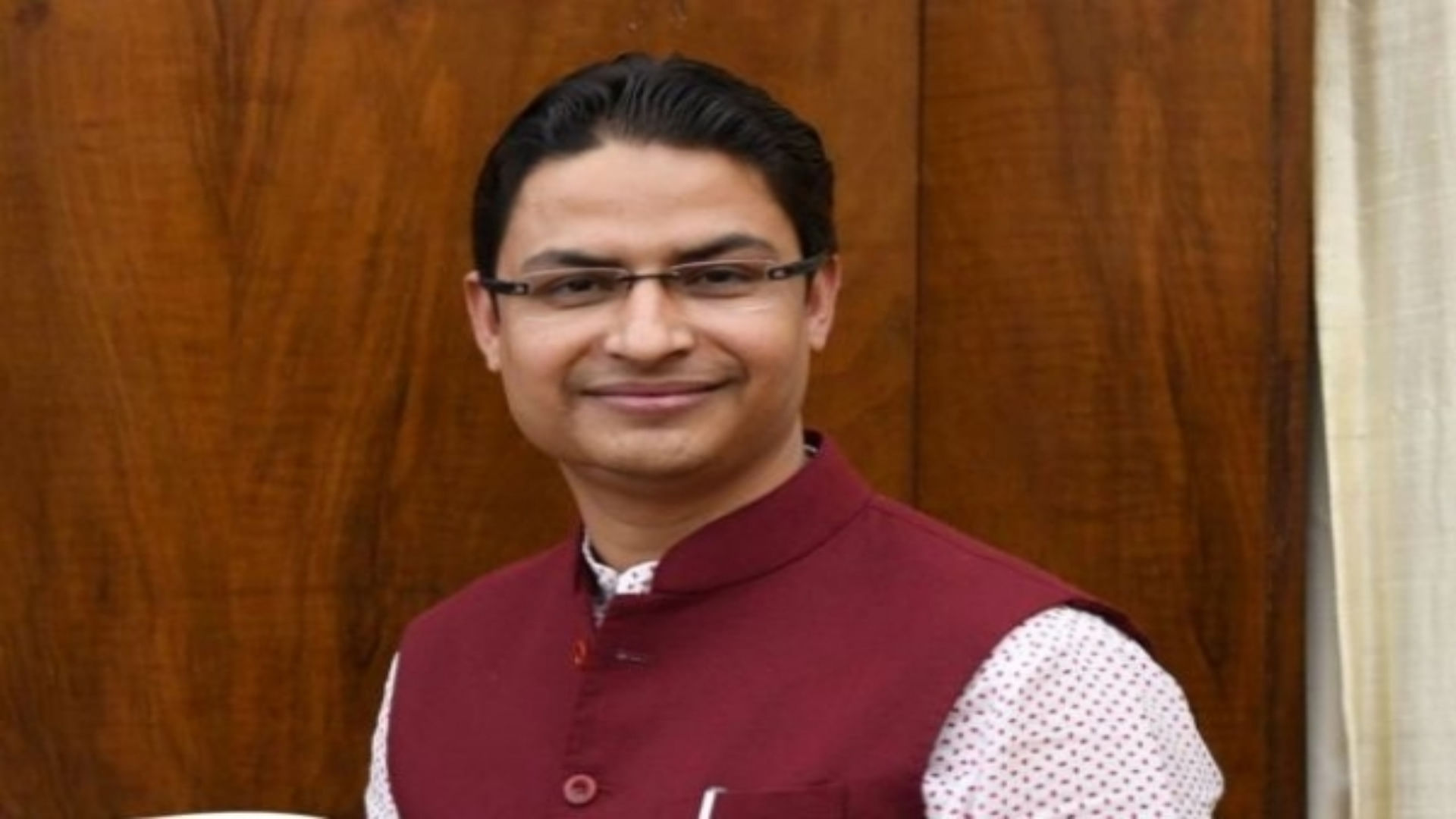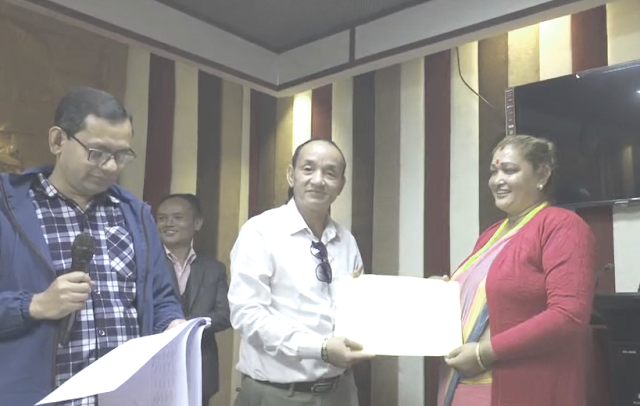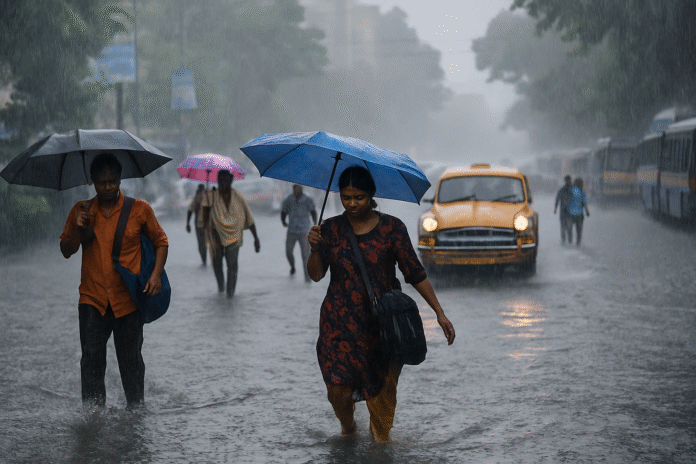KalimNews, Kolkata, July 22, 2025 :
Darjeeling MP Raju Bista has expressed serious concern regarding the underutilization of funds allocated under the Samagra Shiksha Abhiyan (SSA) — the central government’s flagship program aimed at ensuring equitable and quality education for all children across India. In a press release issued on Tuesday, Bista highlighted major disparities in the utilization of SSA funds between the Siliguri subdivision and the hill districts of Darjeeling and Kalimpong, raising questions about administrative lapses, possible mismanagement, and diversion of resources meant specifically for the hill schools.According to official data submitted by the West Bengal Government, from 2019–20 to 2024–25, only ₹131 crore, or 42.75% of the total allocated ₹308.54 crore, has been utilized in the Darjeeling district. The situation is even more alarming in Kalimpong, where a mere ₹21.30 crore or 8.45% of the sanctioned ₹251.95 crore was spent. In stark contrast, Siliguri reported an expenditure of ₹461.80 crore, exceeding its total allocation of ₹262.69 crore by a staggering 75%.
MP Bista underscored these discrepancies while raising questions in the ongoing Parliament session regarding various aspects of the SSA scheme, which aims to provide inclusive and high-quality education. He emphasized that the scheme supports improvements in school infrastructure — including classrooms, toilets, and drinking water facilities — and offers funding for ICT labs, smart classrooms, teacher salaries, educational materials, training, and inclusive education for children with special needs. It also covers stipends for differently-abled girl students, vocational training, physical education, and sports.
Responding to Bista’s queries, the Minister of State for Education, Mr. Jayant Chaudhary, informed the Parliament that the number of SSA-assisted schools in Darjeeling increased slightly from 1,066 in 2019–20 to 1,072 in 2024–25, while in Kalimpong, the number rose from 470 to 479 during the same period.
Bista expressed deep disappointment over the evident neglect of hill districts. He questioned how such drastically low expenditure was possible in regions where hundreds of schools are in dilapidated conditions, face acute shortages of teachers, have leaking roofs and moss-covered walls, and lack basic resources. He raised doubts over the operational efficiency of the Gorkhaland Territorial Administration (GTA), which is responsible for managing school education in these districts. “Why has the GTA been unable to utilize the allocated budget effectively or secure full annual allocations?” Bista asked. “Or is it that Kolkata is deliberately diverting the funds meant for hill schools elsewhere?”
He urged the authorities who claim to work closely with the state government to explain to the public why hill students are being deprived of their rightful share of educational funding and why discrimination against schools in the hills is so evident.
Despite the low fund utilization, the West Bengal government has reported the following SSA-supported activities in Darjeeling and Kalimpong:
-
Construction of one new school building and repair of five others
-
Provision of textbooks to students from pre-primary to Class VIII
-
Inclusion of 29 schools under the centrally supported vocational education scheme (CSS-VE)
-
Training provided to 10,958 teachers
-
Classroom decoration with subject-based learning aids
-
Assistance and learning tools supplied to 187 children with special needs (CWSN), including Braille or large-print books for CWSN girls








